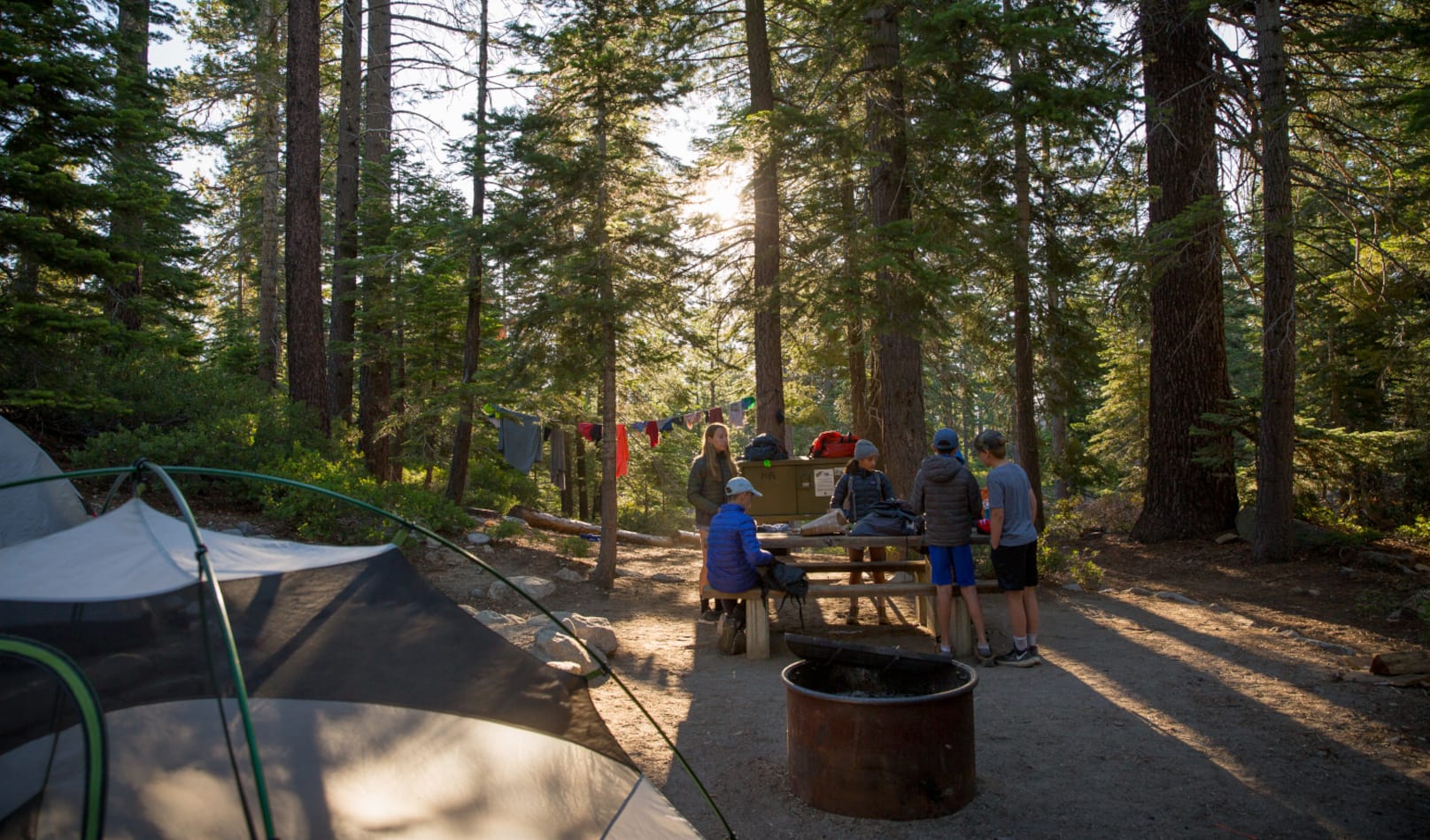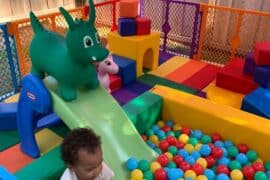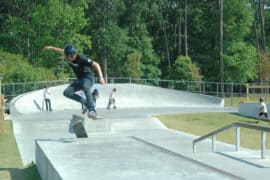Embracing Nature: Family Camping in South Australia
Hey there, amazing parents! Are you itching to pack your tents, grab the marshmallows, and set off on an unforgettable family adventure amidst the natural beauty of South Australia (SA)? Look no further, because we’re about to dive into a treasure trove of information that will make planning your next camping trip as breezy as the beautiful SA coastline!
Why South Australia is a Camping Paradise for Families
South Australia is adorned with a diverse landscape that’s just begging to be explored – from the rugged cliffs of the Eyre Peninsula to the tranquil shores of the Murray River. Every region in this slice of Aussie paradise has its own unique charm that makes camping here a special experience for kids and grown-ups alike. Whether you’re after a beach, forest, or outback experience, SA has got you covered with an array of family-friendly campsites.
Preparing for Your South Australian Camping Adventure
Before you zip up those backpacks, let’s whisper some quick tips in your ear to ensure your adventure is as smooth as a calm river at dawn. It’s all about planning, preparing, and embracing the art of outdoor living! Here’s what to consider:
- Weather Whispers: SA’s seasons can be sassy, so check the forecast and pack accordingly. Cosy layers for chilly desert nights and sun-safe gear for coastal sunshine are a must!
- Essential Equipment: A sturdy tent, comfortable sleeping bags, and a reliable cooking setup will be your best friends. Let’s not forget the magic makers – torches and campfire gear!
- Food Fun: Plan meals that are simple, nutritious, and, most importantly, fun to make with the kids. Pre-made snacks and meals can be lifesavers when the little adventurers’ tummies start to rumble.
- Activity Ammo: Keep a well-stocked arsenal of games, nature guides, and activity ideas – because nothing spells ‘memorable’ like a family scavenger hunt in the wilderness.
Top Campsites in South Australia You Simply Can’t Miss
Now, drumroll please, as we reveal some of the top campsites in SA where you can make lasting memories beneath the stars. These places are family-approved and nature-embraced.
1. Flinders Ranges National Park – A Desert Wonderland
Immerse your family in the historical beauty of the Flinders Ranges, where red rock formations and ancient fossils await. The park offers campsites suitable for all families, including those with young wilderness explorers. Imagine sipping hot cocoa while stargazing into a galaxy of stars!
2. Deep Creek Conservation Park – Coastal Views and Wildlife Wonders
For a coastal retreat, head to Deep Creek Conservation Park. With five campgrounds to choose from, there’s a spot for everyone, from beach buffs to avid hikers. The local kangaroos might even hop in to say ‘good day’!
3. Coorong National Park – A Birdwatcher’s Haven
Situated along the Limestone Coast, the serene waters and dunes of Coorong National Park are perfect for families who love birdwatching and peaceful paddle adventures. It’s also a great opportunity for kids to learn about the unique ecosystems and Aboriginal heritage of the area.
Adventure is out there, and South Australia’s campsites offer the perfect backdrop for your family’s outdoor escapades. Remember, connecting with nature is about the journey as well as the destination, so take your time, breathe in the fresh SA air, and build those campfires of togetherness. Stay tuned for more valuable insights in the second part of our guide, where we’ll continue to unveil the wonders of camping in South Australia for families just like yours!

“`html
5 Things Parents Should Know When Preparing for Campsites in South Australia
Let’s unfold the map to successful family camping with five essential secrets every parent must know before venturing into South Australia’s great outdoors.
1. Choose Your Campsite Wisely
Do thorough research on campsites to ensure they tick all the boxes for your family’s needs. Consider proximity to amenities, playgrounds for kiddos, and whether they are pet-friendly if you’re bringing a furry friend along. Safety is paramount, so look for campsites with clear safety information and guidelines.
2. Pack for Play and Protection
Apart from standard camping gear, pack things like insect repellent, sunscreen, and a first-aid kit. To keep the fun meter high, bring along bikes, paddling pools, and sports equipment for endless family fun. Pack protective gear for bushwalking or biking adventures too!
3. Diverse Meal Planning
Offering various food options can be tricky while camping. Freeze-dried meals are lightweight and easy – plus, they can actually be quite delicious. For the junior chefs in your family, involve them in meal prep with simple tasks like washing veggies or assembling sandwiches.
4. Set Campsite Boundaries and Safety Rules
As soon as you arrive, set ground rules with your little ones about where they can and can’t go. Create a physical boundary using ropes or flags if needed. Teach them what to do if they get lost and always ensure they have a whistle and an ID bracelet or tag.
5. Environmental Education and Responsibility
Use this opportunity to educate your children about the importance of protecting the environment. Teach them the ‘leave no trace’ principles, like taking all rubbish with you, respecting wildlife, and preserving the natural beauty of the site for future visitors.
With these insights under your belt, you’ll be fully equipped for a splendid, sunny (or starry) sojourn with your joyous juniors. South Australia’s rich tableau of terrains is ready to welcome you into its open arms, and with a bit of prep, your camping trip will be smooth sailing—or should I say, serene sleeping under the southern stars!
“`
. For more information see here
Disclaimer
The articles available via our website provide general information only and we strongly urge readers to exercise caution and conduct their own thorough research and fact-checking. The information presented should not be taken as absolute truth, and, to the maximum extent permitted by law, we will not be held liable for any inaccuracies or errors in the content. It is essential for individuals to independently verify and validate the information before making any decisions or taking any actions based on the articles.




